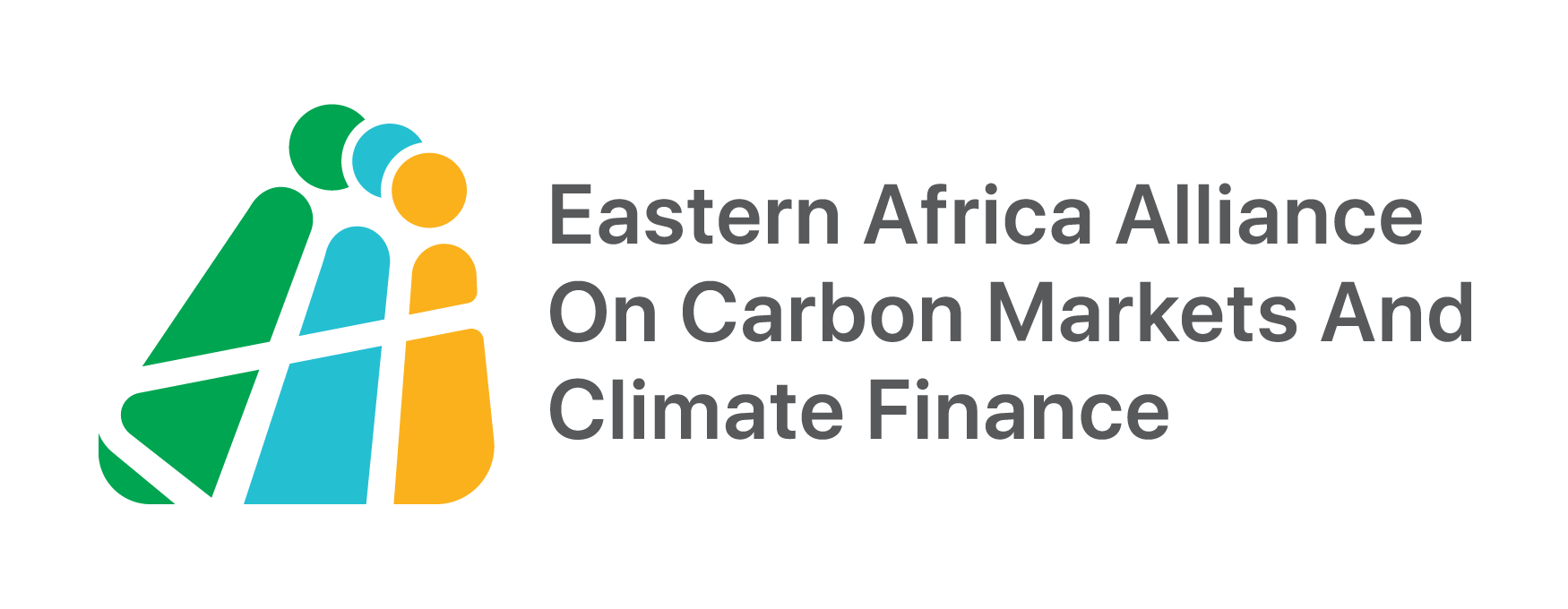Blog

31
MayBy: Adminalliance
Comments: 0
The Clean Development Mechanism (CDM) of the Kyoto Protocol saw minimal benefit for the African continent in terms of issuance of Certified Emission Reductions (CERs). This however did not mean that carbon market activities did not take place. The Eastern African region has a sizeable portfolio of projects and the countries are concerned as to the fate of CDM projects and Programme of Activities (PoAs) through the transition into Article 6 of the Paris Agreement.
The Eastern Africa Alliance on Carbon Markets and Climate Finance organized a workshop on ‘Analyzing the Eastern African Carbon Market Portfolio’ at the annual Innovate 4 Climate global Conference held 25-27 May 2021. The session focused on sharing the lessons learned from the CDM project data and trends and further understanding the role the voluntary carbon markets have played in the region and potential moving forward. The analysis focused on the seven Alliance member countries of Burundi, Ethiopia, Kenya, Rwanda, Sudan, Tanzania, Uganda, for which individual country carbon profiles were developed in 2021 in addition to a synthesis profile document for the region.
Mr. Timothy Cowman, the technical lead for the analysis and a representative of the Climate Finance Innovators mentioned that, there are a total of 465 registered Clean Development Mechanism activities, 53 projects and 412 CPAs within 58 program activities in these seven countries. The East Africa region takes a share of 52% of all issued projects in Africa. 60% of these projects are reaching the expiry of their crediting period in 2022 with significant untapped potential which could assumedly be explored considering the mitigation potential that could reach 225 million tCO2e for the period 2021-2030. The Voluntary Carbon Market standards (Gold Standard, Verra, and Plan Vivo) are more significant in issuance volumes than the CDM, realizing issuance of more than 37million credits. Mr. Cowman further shared some interesting developments in the region in relation to the transition to Article 6 of the Paris agreement including regional participation in Japan’s Joint crediting Mechanism, the World Bank’s Standardized Crediting Framework, the Adaptation Benefit’s Mechanism and CORSIA..
Mr. Owen Hewlett from the Gold Standard Foundation gave an overview of the foundation’s work in labelling CDM credits and issuing of voluntary credits and envied that role continuing to the future with article 6.2. The foundation is developing views on how voluntary markets certification can be used to serve article 6.2. There is a lot of interest in scaling up the voluntary carbon market and it can be a good tool to bring finance to the region. He emphasized the importance to protect those good and vulnerable projects that are at a risk of discontinuation, and relatedly the Gold Standard recently adopted new rules to allow CDM projects to transition to the Gold Standard while maintaining their CDM registration. Another key point raised was around the need for developers to be intentional about the kind of finance they would want to attract and the sectors they look to consider more in line with their country NDCs..
Ms. Anne Omambia shared Kenya’s perspective on the carbon market profiles emphasizing on the county’s participation in the voluntary carbon market, Gold Standard especially for cookstoves, Plan Vivo and Verra and the country’s readiness process to participate in the REDD+ mechanism. Kenya have submitted an updated conditional NDC with slightly raised ambition and commitment to actively participate in carbon markets. Ms. Omambia highlighted key experiences for Kenya regarding participation in carbon markets including key trainings to enhance understanding of carbon markets, an interest from the Banking sector to provide upfront financing to leverage CDM investments during the earlier years, and also saw a need to have skilled technical experts to participate in the carbon markets. Kenya has a lot of interest in Article 6 and hopes to actively engage in it to contribute to emission reductions and sustainable development.
A development Partners perspective on the carbon profiles was shared by Ms. Ritah Rukundo from GIZ who mentioned that the experience built overtime through the CDM and voluntary carbon markets is of advantage for development partners to assist countries transition to Article 6 of the Paris Agreement. She mentioned that there is potential for diversification of sectors under the carbon markets to include for instance projects in the transport sector and other innovative technologies to attract investment. Understanding that the supply side of the carbon market is majorly private sector led, Ms. Rukundo emphasized the importance to encourage alignment of private sector projects to country NDCs and Long-term strategies. For effective participation in the new market mechanisms under Article 6, institutional and legal frameworks, and regional cooperation would be key aspects for countries to strengthen.
Participants engaged in discussion around the contributions made by the speakers including questions on the incorporation of carbon markets in Kenya’s LTS, wherein Ms. Omambia responded that Kenya is in the informative stage of developing its LTS and like all other regulatory documents envisages to include carbon markets in their LTS . Participants also raised questions regarding measures to increase prices for voluntary certificates-Mr. Hewlett in response emphasized a shift from the offset mentality to social cost mentality and that quality of projects drives price. Another interesting question raised was on measures to raise awareness on CDM and carbon pricing for which Bianca responded in line with the activities of the Alliance to serve this purpose, and encouraged participants to visit the Alliance website for updates on carbon market discussions. Tim further encouraged enhancement of internal capacity overtime through engaging in capacity building activities.
Details on this session can be found here.
Sidebar

